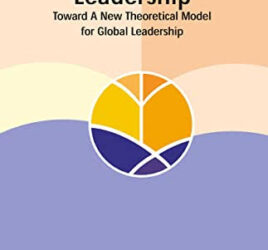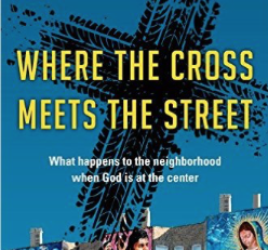“There is a mistaken notion that our society has a problem in terms of effective human services. Our essential problem is weak communities,” concludes John McKnight in his book, The Careless Society (1995). The author proposes “a new vision for community,” one of “regeneration … of reassociating the exiled … of freeing ourselves from service and advocacy … of centering our lives in community”. During the 20th Century, the labor force in the USA has flipped from 90% production and 10% service to 10% production and 90% service. As a result, four particular aspects of society have become counterfeits of community: “professionalism, medicine, the human service systems, and the criminal justice system”. One-by-one, McKnight uncovers the charades and exposes them for what they have become: “crime-making corrections systems, sickness-making health systems, and stupid making schools”.
Fortunately, McKnight does not just complain about days long past (he was born in 1931), but also offers solutions to move forward in recovering the healing capacities of community.
In summary, the community of associations provides a social tool in which consent is the primary motivation, interdependence creates wholistic environments, people of all capacities and fallibilities are incorporated, quick responses are possible, creativity is multiplied rather than channeled, individualized responses are characteristic, care is able to replace service, and citizenship is possible.
Born and raised in a welfare state (The Netherlands), while serving in a developing Asian country (Vietnam) these past 16 years, I found it hard to relate to many of the regrets McKnight holds against his own culture. Yet, it was shocking to learn how the service industry has become so dominant in US society and how “care” has been turned into a commodity for sale. The professionalization of care has made human need the raw product of the human care system. Professional “servants” increasingly need people with need more than needy people need them! As McKnight pointedly states, people “do not always ‘need’ human services. More often, they may ‘need’ justice, income, and community”.
Though written some 20 years ago, the author highlights the fact that at that time over half of New York City’s funds to assist the poor was spent on medical care. Only one-third actually reached the poor themselves, which kept them in the poverty cycle. An even earlier study from 1984 showed that in Chicago, 38 percent of the funds allocated to help the poor went straight into the medical care system. In other words, money for the poor went to pay the salaries of wealthy health care service providers. McKnight argues that these funds would help the poor more if they were to be reinvested into the local economy instead. I wonder if NYC and Chicago have made any adjustments since.
It is difficult to directly apply this to my context in Vietnam, not being familiar with the systems here, and the fact that Vietnam is still a developing nation. However, I wonder how much of the funds allocated for poverty alleviation and development work actually reach the poor themselves and how much goes to support the whole non-profit system. How much do professional NGO staff and service providers need the people with need in order to sustain their own (expatriate) lifestyles? I intent to become more aware of these trappings and become a stronger proponent of investing funds into schemes that build sustainable local economies and genuine caring communities.
By Jacob Bloemberg




